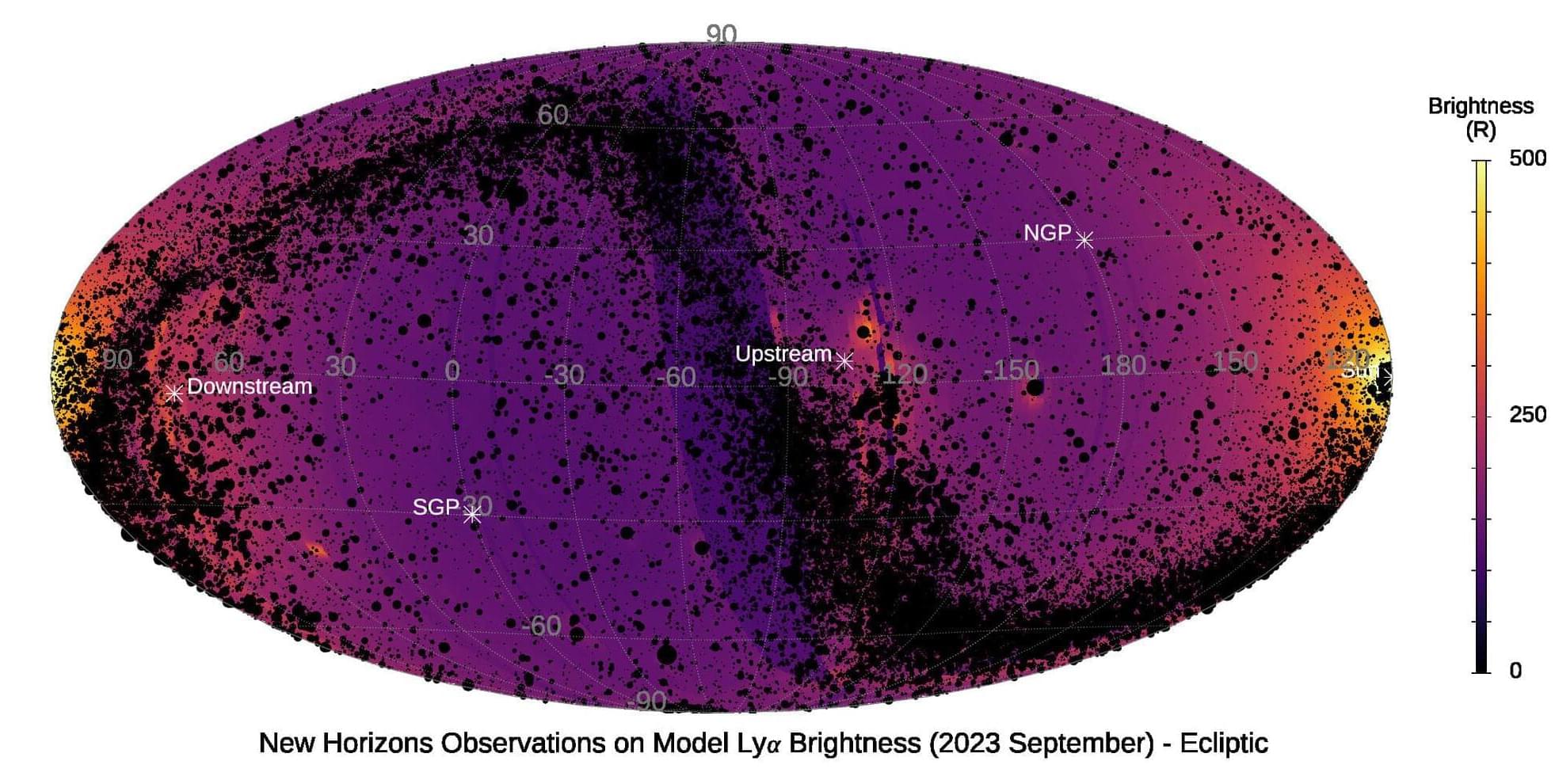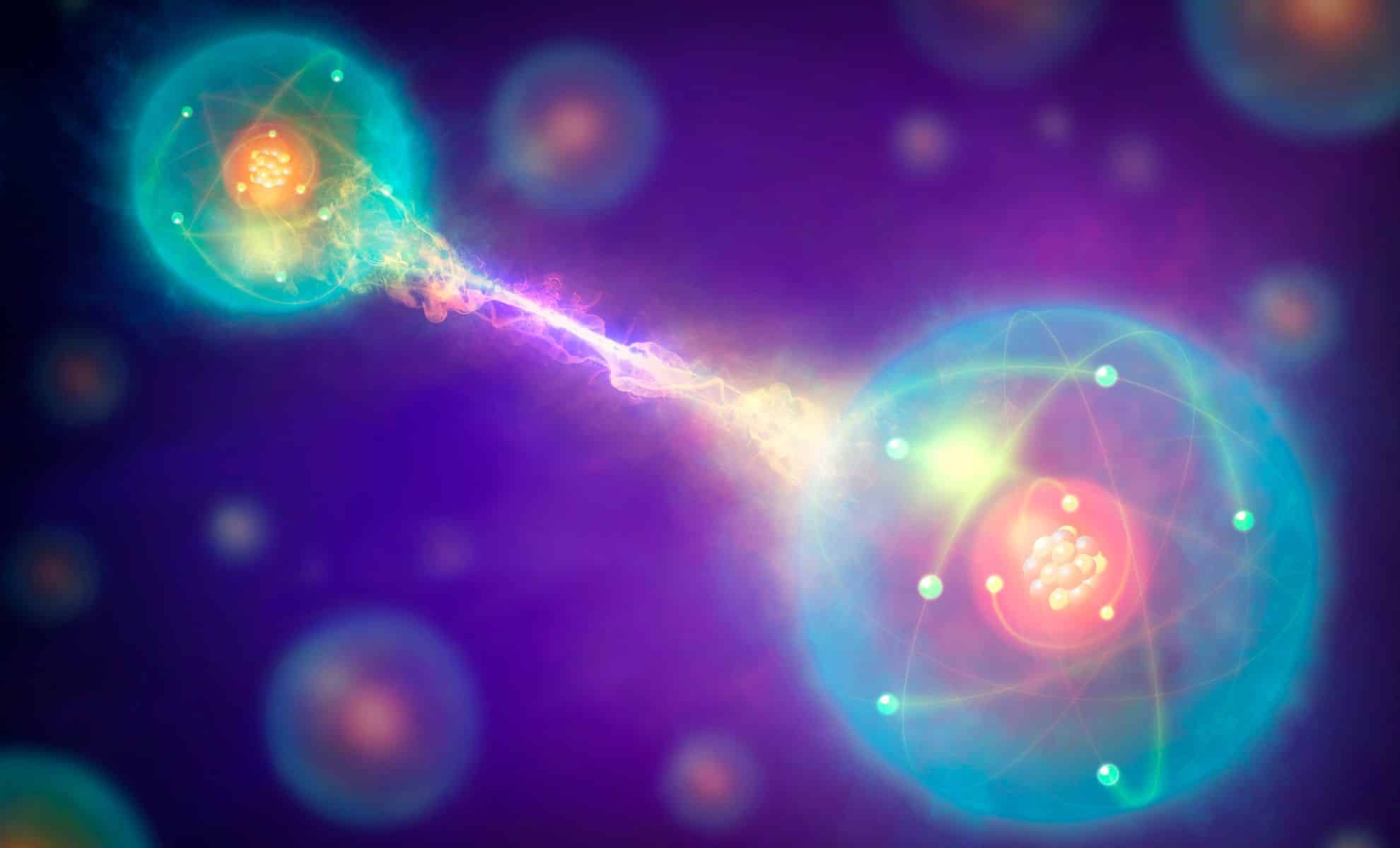In recent years, a substantial number of established journals have received buyout offers from obscure entities, with some journals being acquired. Despite mounting circumstantial evidence of irregular behaviour exhibited by these journals post-acquisition, comprehensive analyses on this matter are lacking. To address this gap, this article examines the practices of Oxbridge Publishing House Ltd., a company registered in the UK in 2022. Through an analysis of publicly available documentation, it becomes apparent that this entity is part of a complex network of recently established companies. Since 2020 this network has acquired, with the help of intermediary firms, at least 36 scholarly journals originally published in countries such as Spain , United Kingdom , USA , India , Turkey , among others. Targeting journals indexed in prestigious scientific databases like Web of Science and Scopus, many of these journals see significant transformations upon acquisition, such as the introduction or substantial escalation of publication fees, often coupled with increases in publication volumes. This increase stems from a surge in contributions originating outside the journal’s original academic community. Their disregard for proper publishing standards is evident in their widespread use of fake DOIs or the appropriation of DOIs from unrelated documents. Drawing parallels to the film Invasion of the Body Snatchers, we refer to journals caught in this predicament as pod journals. This type of predatory publishing practice not only contributes to over-publication but also disenfranchises legitimate academic communities and poses a threat to academic bibliodiversity.
Get the latest international news and world events from around the world.

New Horizons observations lead to first Lyman-alpha map from the galaxy
The NASA New Horizons spacecraft’s extensive observations of Lyman-alpha emissions have resulted in the first-ever map from the galaxy at this important ultraviolet wavelength, providing a new look at the galactic region surrounding our solar system. The findings are described in a new study authored by the SwRI-led New Horizons team.
The newly published research paper detailing the observations and their interpretation, “The Lyman-alpha Sky as Observed by New Horizons at 57 AU,” by R.G. Gladstone and co-authors appears in The Astronomical Journal.
“Understanding the Lyman-alpha background helps shed light on nearby galactic structures and processes,” said SwRI’s Dr. Randy Gladstone, the study’s lead investigator and first author of the publication. “This research suggests that hot interstellar gas bubbles like the one our solar system is embedded within may actually be regions of enhanced hydrogen gas emissions at a wavelength called Lyman alpha.”

The Physics of Time by Alex M. Vikoulov
The Physics of Time: D-Theory of Time & Temporal Mechanics by Alex M. Vikoulov is an insightful exploration into one of the most profound mysteries of existence: the nature of time. As part of the Science and Philosophy of Information series, this book pr


The size of a coin: 7-year-old child implanted with world’s smallest artificial heart
In the Chinese city of Wuhan, surgeons have successfully transplanted an artificial heart with magnetic levitation weighing only 45 grams to a 7-year-old child.
It is noted that the third-generation magnetic levitation device is designed to treat heart failure in children. Every year, about 40 thousand children with heart failure are hospitalized in China. Of these, 7–10% need an urgent transplant.
However, the country performs less than 100 pediatric transplants a year due to an acute shortage of donors. However, in Wuhan, surgeons have successfully transplanted a tiny artificial heart the size of a coin, which is moved by magnetic levitation, into a 7-year-old boy.

Neuralink’s third patient regains speech with help from AI
An Arizona man has become the third person in the world to receive Neuralink’s brain implant – letting him ‘speak’ again in his own voice.
Brad Smith has ALS, a progressive disease that makes him unable to move any part of his body, except his eyes and the corners of his mouth.
Battlestar Galactica Predicted The Future!
Today, we’re diving into how the 2004 reboot of Battlestar Galactica didn’t just serve up emotionally broken pilots and sexy robots—it predicted our entire streaming surveillance nightmare. From Cylons with download-ready consciousness to humans drowning in misinformation, BSG basically handed us a roadmap to 2025… and we thanked it with fan theories and Funko Pops.
🔎 Surveillance culture? Check.
👤 Digital identity crises? Double check.
🤯 Manufactured realities? Oh, we’re way past that.
Turns out, the Cylons didn’t need to invade Earth. We became them—scrolling, uploading, and streaming our humanity away one click at a time.
So join me as we break it all down and honor the sci-fi series that turned out to be way more documentary than dystopia.
👉 Hit like, share with your fellow glitchy humans, and check out egotasticfuntime.com before the algorithm decides fun is obsolete!
#BattlestarGalactica.

